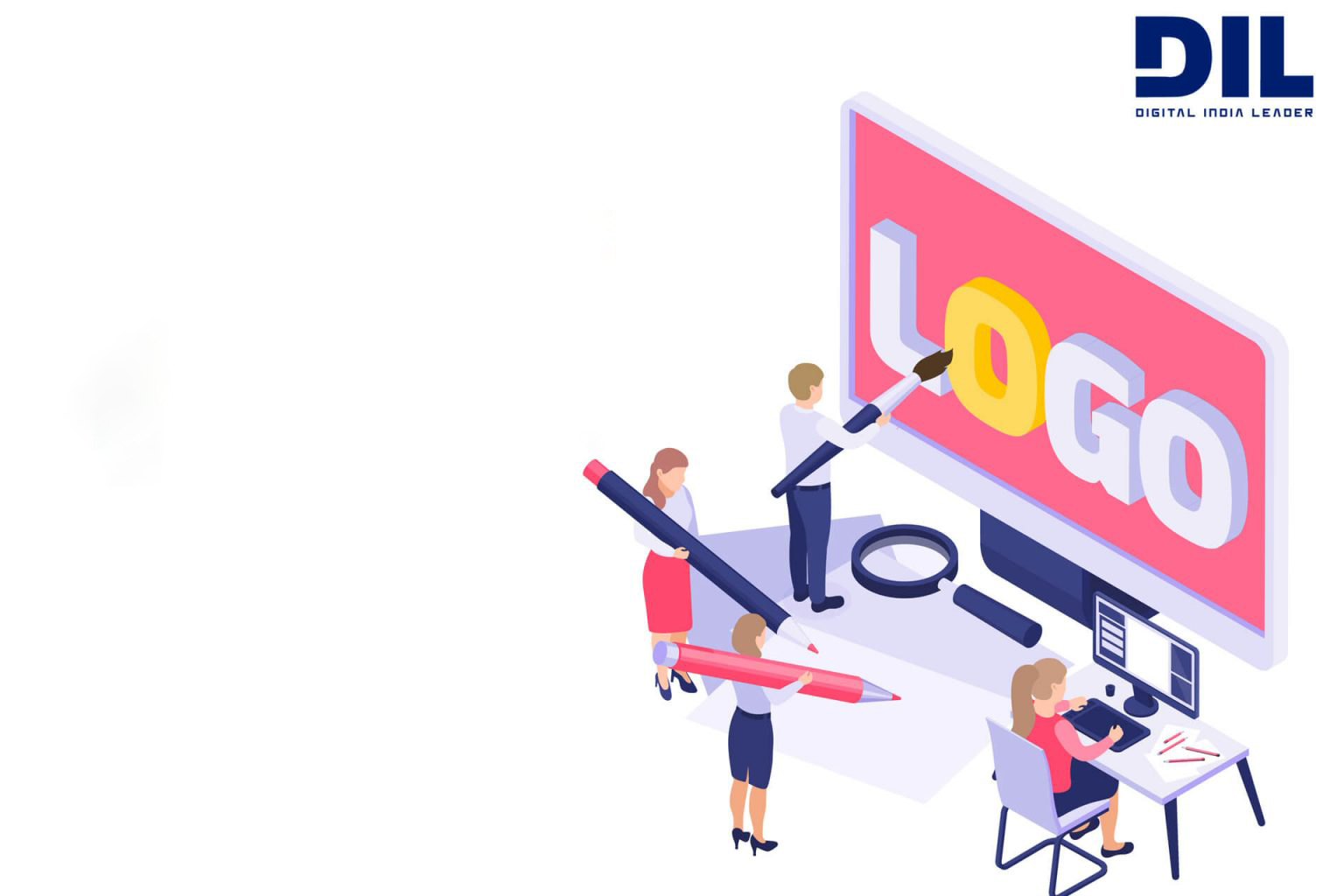When it comes to establishing a website and effectively optimizing it, there are numerous approaches and strategies to employ. One of the finest and most productive approaches to maximum benefits is internal linking. In short Internal links inform search engines about which pages on your site are beneficial and should be featured. The greater the number of internal links going to a certain page, the more significant it will look to search engines. Internal linking is an effective Seo strategy for publications. In this article, let’s view the outline of what it is, why it’s essential, and offer some essential recommendations for implementing a successful internal linking strategy.
What is internal linking?
An internal link helps in connecting a website to another website of the same domain. Internal links assist Google bots to discover pages inside a site and determine their increased ranking quality, thus this technique is essential for SEO. When internal linking is done correctly it can help your SEO target website pages rise in the rankings, but connecting done incorrectly will have an even negative impact. They make it easy for site visitors and search engine bots to browse your site and find related material in other parts. By improving navigation, you assist users in accessing deeper layers of information you give on a topic. Internal links from the main page should go to sites that are most important to the SEO strategy, which is generally product- and service-related pages. Internal linking, on the other hand, must consider factors other than SEO when it comes to user experience. visitors to a website’s home page require links to contact us and know about us, which may have minimal SEO value but are important for user experience and conversions all for every website since it supports the development of site design and the distribution of links. Internal linking simply said, is any connection from one page of a domain to another page inside the same domain.
Why is internal linking important?
The internal linking analysis is essential since it enables search engines in interpreting the structure of a website, which in turn supports the indexing of pages as well as the discoverer of new pages to index. Both your consumers and search engines gain from internal linking. The links will make it easy for your users to learn more about your topic and what you have to offer on a certain issue. Links help in keeping visitors on your website and engaged with your brand, allowing you to maintain contact with your prospects. You will be able to observe an increase in the amount of time spent on your website if you keep your audience engaged with it. Internal links provide search engines additional information about your knowledge and what you have to offer. Internal links help the algorithms find additional content you have on a certain topic, helping them to integrate the different parts and understand the value of the user experience you provide.
Internal linking is frequently overlooked while developing an SEO strategy. External connections are important for ensuring a minimum of visibility, however, most site publishers overlook internal connecting. E-commerce sites, on the other hand, have fully recognized its significance on their site. Internal links are just as important for a site that relies on content. Increase the amount of long-tail keywords you employ, improve your response time to user searches, and, as a result, boost your visibility and organic traffic.
How do you create an internal link?
1. Choose the element on your website to which your internal link should lead. Select General Properties from the Properties menu and give it a name.
2. Internal linking isn’t something you should do merely for the sake of it. Internal links should be included since they provide value to your readers and enable them to learn more about the subject at hand.
3. Ensure that all of your links in a given article, both internal and outbound, open in a new tab when clicked. This enhances the user experience since users can click on the link to read it later without interrupting what they’re reading right now.
4. Choose the element on your page to which your internal link should lead. Select General Properties from the Properties menu and give it a name.
5. Link to essential landing pages for the topic from informational pages. If you have a landing page that provides a white paper download on Quick Answers, for example, make sure that all of your articles about Quick Answers include a link to this document.
6. Use natural-looking connections. You don’t want to artificially pack material with keywords, and you don’t want to add links in forced ways either.
How to Do Internal Linking Effectively?
Internal links are easier to utilize:
Internal linking allows people to traverse your site more quickly. You may present and direct them to the most relevant pages that they are interested in by utilizing suitable anchor texts in your content. Writing an article on generating money, you may utilize internal links to direct your reader to similar categories and tags.
Increase conversion rate:
Users will stay on your site longer and bounce rates will be lower if you have a good internal link structure. You can prevent people from abandoning your website after seeing only one page by providing useful information that can grab and hold their interest. The quality of your content and the addition of internal links can assist lower your bounce rate, which can have an impact on your search rankings.
Page visits are increased by using internal links:
Utilizing appropriate anchor texts allows users to locate more relevant and helpful material on your site. This helps in boosting the conversion rate of your website. It is helpful to new visitors since they can quickly learn about your site’s structure and links. The more users who click on your links, the more page views your site receives, which helps your ranking up in search results.
Bounce rate is Reduced:
Bounce rate refers to the percentage of visitors to your site who spend less time on it, such as reading only one page and then departing. The amount of individuals that stay on your site for an extended period is known as the bounce rate.
Conclusion:
The framework and optimization of a website’s links are critical parts of the SEO game. The remaining part of your SEO activities will have less of an influence on your overall performance if your site structure and internal links are weak. By starting by building a well-planned framework for your website, you are laying a better foundation for the future. Using the above-mentioned techniques, improve your site’s reach and revenue by enhancing your website with proper internal links.





